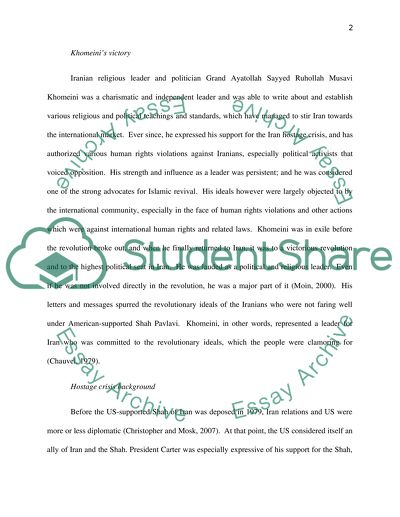Cite this document
(“Khomeini vs. the International Community Research Paper”, n.d.)
Retrieved from https://studentshare.org/history/1397103-khomeini-vs-the-international-community
Retrieved from https://studentshare.org/history/1397103-khomeini-vs-the-international-community
(Khomeini Vs. The International Community Research Paper)
https://studentshare.org/history/1397103-khomeini-vs-the-international-community.
https://studentshare.org/history/1397103-khomeini-vs-the-international-community.
“Khomeini Vs. The International Community Research Paper”, n.d. https://studentshare.org/history/1397103-khomeini-vs-the-international-community.


